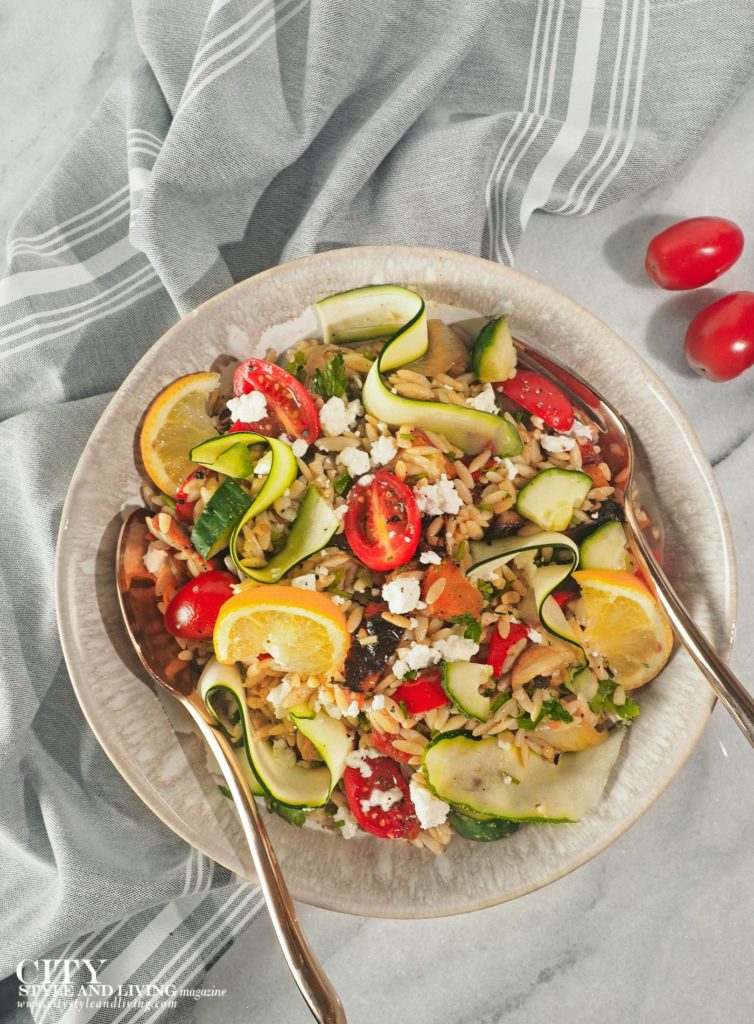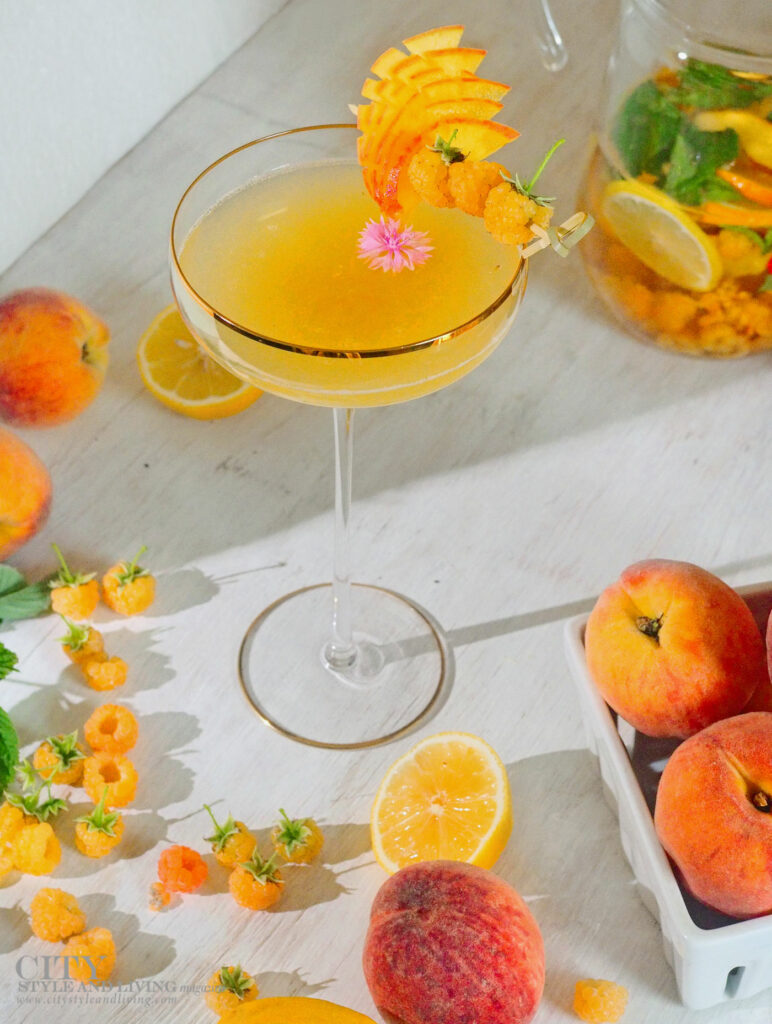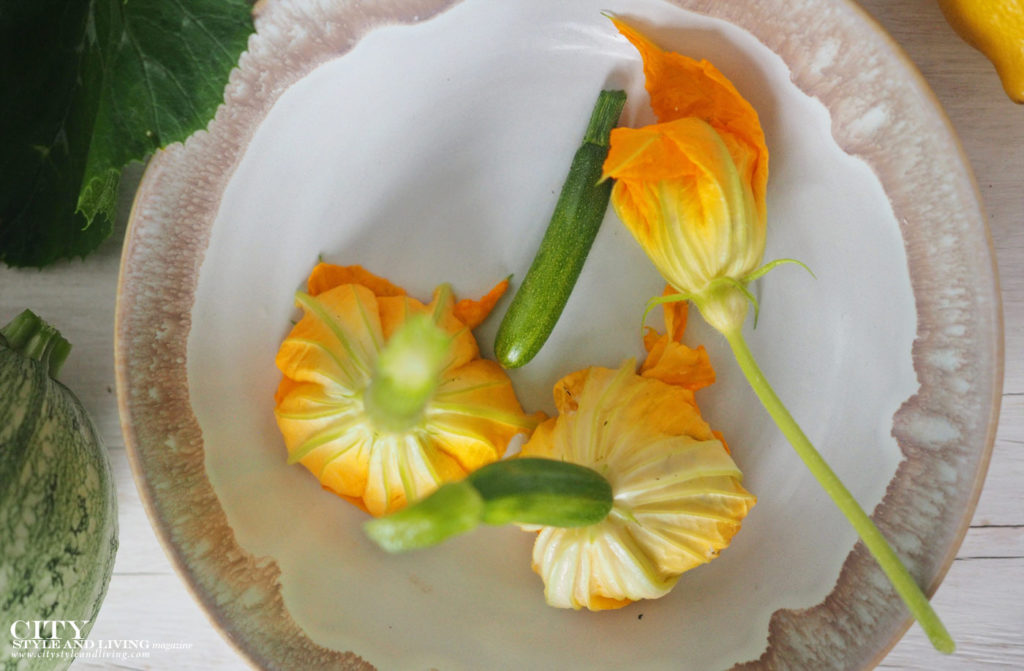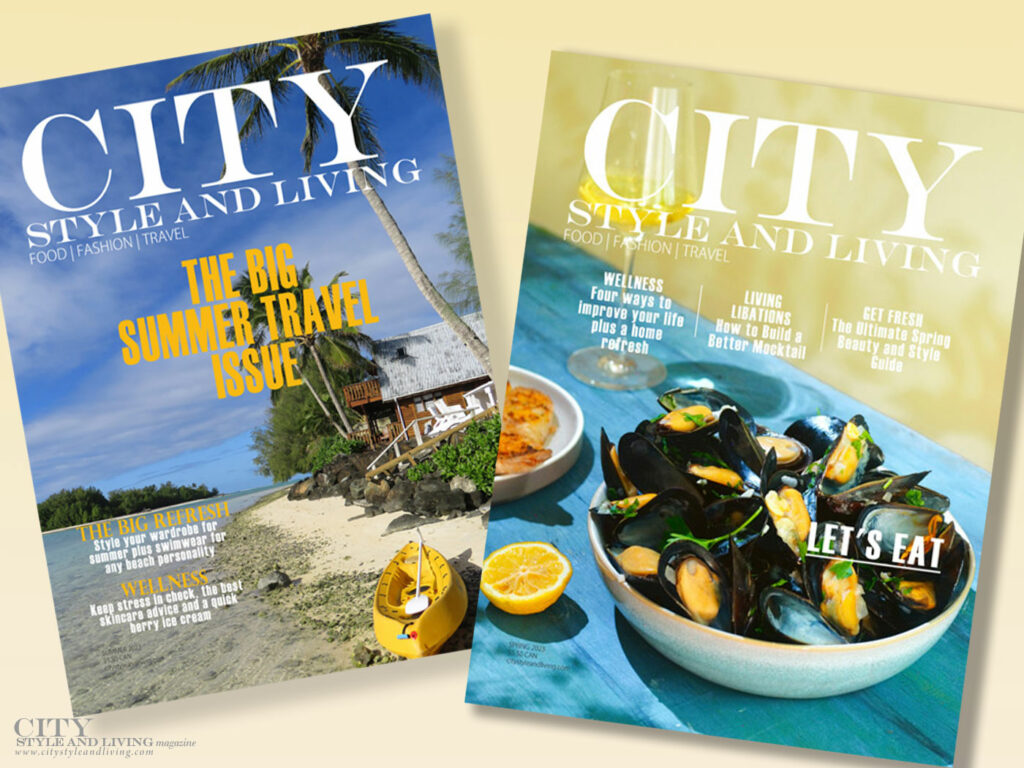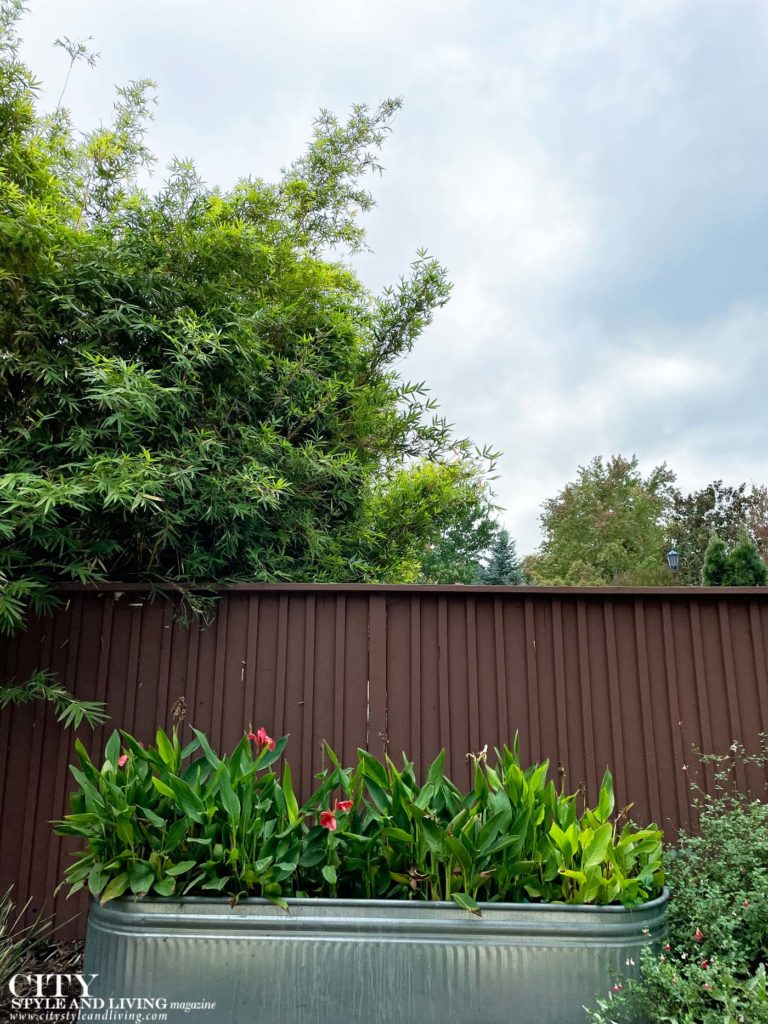
Savory Fresh Vegetable Crepes
Lumpiang Sariwa
Lumpiang sariwa are usually eaten for meryenda, the Filipino-Spanish tradition of taking a small afternoon meal. A handmade crepe is filled with vegetables and baby shrimp and drizzled with a mild tangy-sweet sauce.
The flavors here are not as bold as in most other Filipino dishes—the main selling points here are freshness and crunch. The crepe, technically a handmade lumpia wrapper or skin, is thicker and sturdier than the one used for the Lumpiang Prito, so it won’t disintegrate when folded around crisp vegetables. Once you get the hang of making the crepes, try adding flavorings like spices or finely chopped herbs to the batter.
Serves 4 to 6
For the Crepes
½ cup (80 g) rice flour
½ cup (65 g) all-purpose flour
2 tablespoons cornstarch
Pinch of kosher salt
3 large eggs, beaten
1 cup (240 ml) coconut milk
For the Filling
2 tablespoons vegetable oil
1 large carrot, shredded
2 teaspoons minced garlic
1 small white onion, chopped
2 cups (180 g) bean sprouts
¼ head napa cabbage, thinly sliced
3 scallions, thinly sliced
1 cup (250 g) small-diced smoked or extra-firm tofu
1/3 cup (50 g) thinly sliced hearts of palm
½ pound (225 g) cooked baby shrimp or roughly chopped small to medium shrimp
Fish sauce
Kosher salt and freshly ground black pepper
To Assemble
1 head leaf lettuce, leaves separated, washed, and dried well
½ cup (70 g) crushed roasted peanuts (optional)
Make the crepes: In a large bowl, stir together both flours, the cornstarch, and the salt. Add the eggs, coconut milk, and ¼ cup (60 ml) water and whisk until smooth.
Heat a nonstick skillet over medium-low heat. Working quickly, use a ladle to add ¼ cup (60 ml) of the batter to the pan, then quickly swirl the pan around so the batter completely coats the bottom and pour the excess back into the bowl.
Return the pan to the heat and cook until the crepe is dry and cooked through and slides around in the pan. Transfer the crepe to a sheet of waxed paper. Repeat with the remaining batter, separating each wrapper with a layer of waxed paper. Cover loosely with a clean damp kitchen towel while you prepare the sauce and the filling.
Make the sauce: In a small bowl, whisk together the cornstarch and ½ cup (120 ml) water to form a slurry. Set aside.
In a small saucepan, combine the stock, sugar, and soy sauce and bring just to a boil, then reduce the heat to medium. Slowly stir the slurry into the sauce and simmer for about 5 minutes, or until the sauce begins to thicken. Turn off the heat and keep the sauce covered and warm while you make the filling.
Make the filling: In a large skillet, heat the vegetable oil over medium heat. Add the carrot, garlic, onion, bean sprouts, and cabbage. Cook, stirring often, until the vegetables are just wilted but still crisp, about 3 minutes. Remove from the heat and let cool, then stir in the scallions, tofu, hearts of palm, and shrimp and season with fish sauce, salt, and pepper. Set the filling aside.
Assemble the crepes: Lay one crepe flat on your work surface and place a lettuce leaf in the center. Put 2 to 3 tablespoons of the filling on top of the lettuce and then roll the crepe up tightly like a tube, starting from one side. Set the filled crepe seam-side down on a platter. Repeat with the remaining crepes, lettuce, and filling.
Top the rolled crepes with the warm sauce and a sprinkle of peanuts, if desired, and serve immediately.
Excerpted from I Am a Filipino by Nicole Ponseca and Miguel Trinidad (Artisan Books). Copyright © 2018. Photographs by Justin Walker.
This original article first appeared in the Fall 2018 issue of City Style and Living Magazine.
Don’t Forget to Follow City Style and Living on Social Channels: Instagram, Twitter, Facebook, Pinterest



